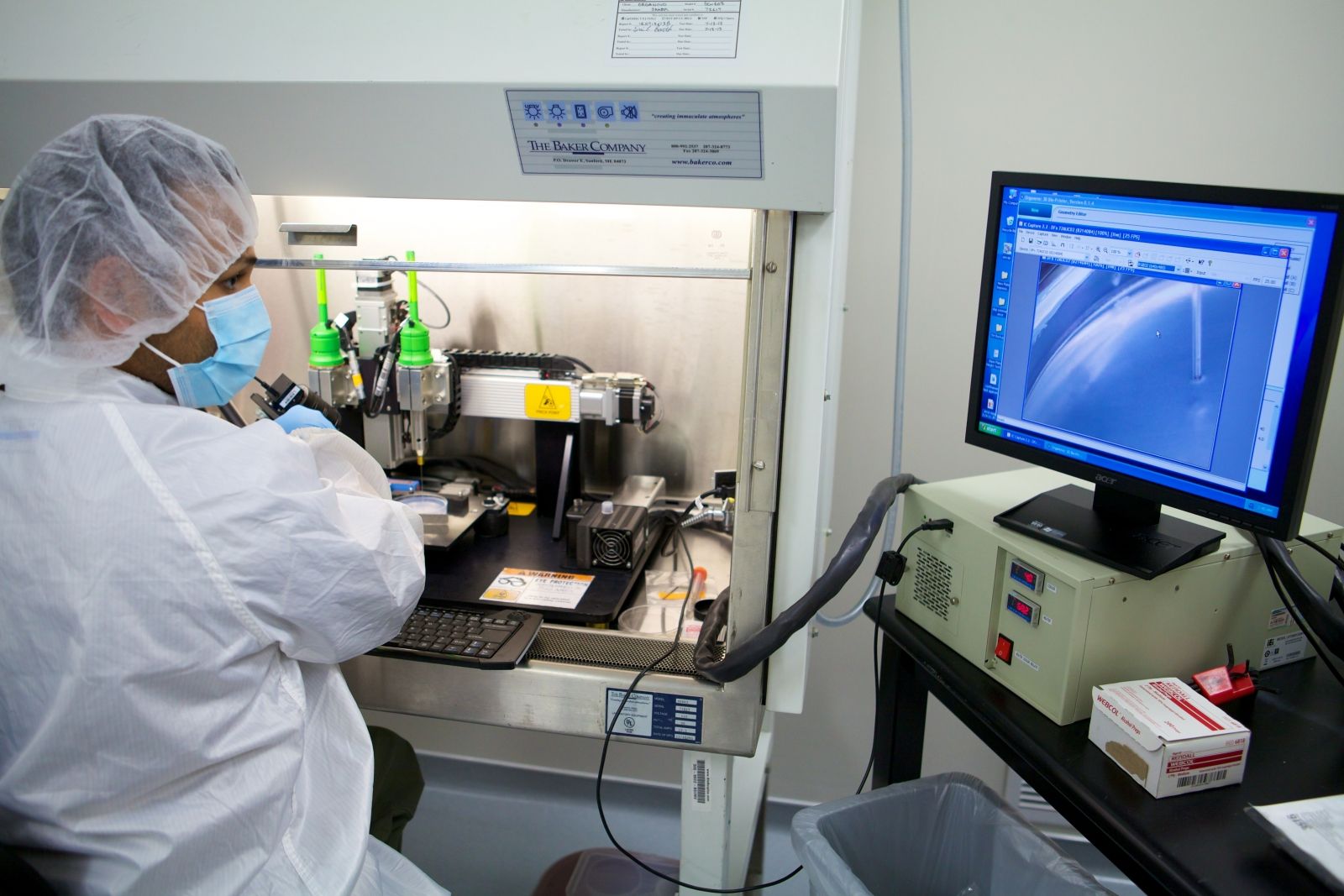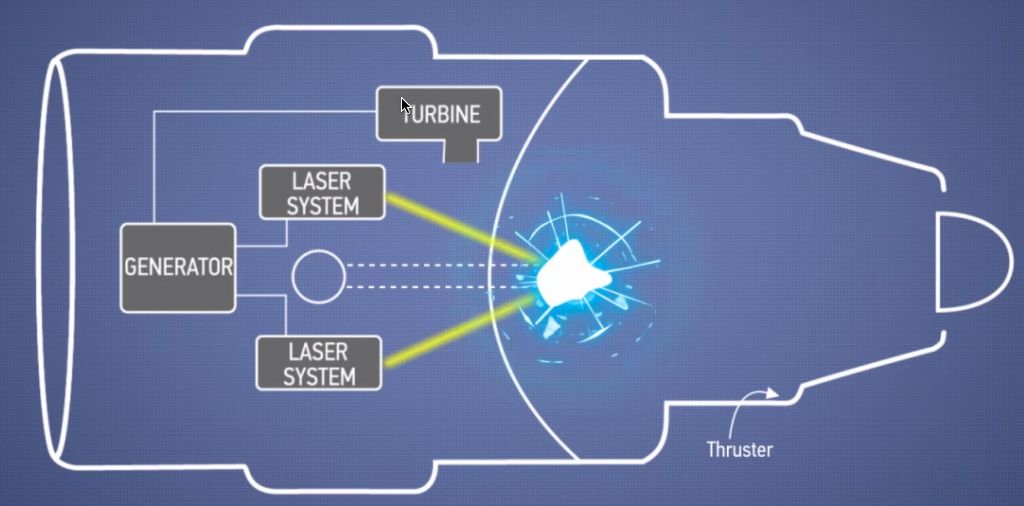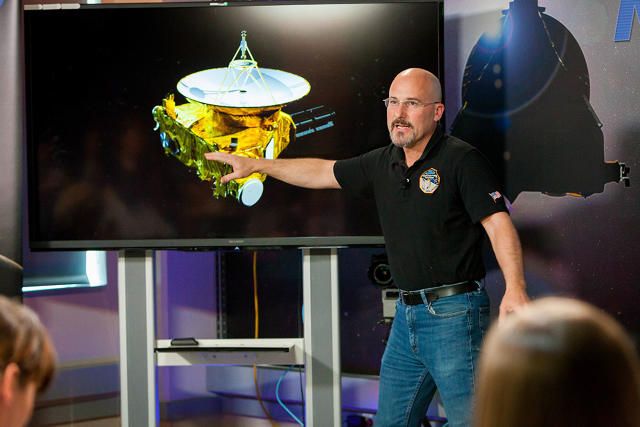Page 11826
Jul 15, 2015
IBM’s Watson supercomputer is learning Arabic in move to Middle East
Posted by Shailesh Prasad in category: supercomputing
IBM supercomputer and Jeopardy champion Watson is setting up shop in the Middle East and North Africa.
Jul 15, 2015
Organovo CEO: 3D bioprinting organs will help us get people off transplant waiting lists
Posted by Shailesh Prasad in categories: 3D printing, biotech/medical
Jul 15, 2015
Luna: Open Source Artificial Intelligence Demo
Posted by Shailesh Prasad in category: robotics/AI
Jul 15, 2015
One day soon, amputees will be able to control their prosthetic limbs with their minds.
Posted by Albert Sanchez in categories: biotech/medical, cyborgs
One day soon, amputees will be able to control their prosthetic limbs with their minds. http://voc.tv/1cRrjAQ.
Jul 15, 2015
A jet engine powered by lasers and nuclear explosions?
Posted by Sean Brazell in categories: nuclear energy, transportation
Lasers vaporize radioactive material and cause a fusion reaction — in effect, a small thermonuclear explosion (credit: Patent Yogi/YouTube)
Jul 15, 2015
Declare Your Independence…from Evolution! Here Comes The Singularity and Transhumanism — Nick Gillespie Reason.com
Posted by Seb in categories: singularity, transhumanism

Independence Day weekend seems like a good time to push the envelope on what is possible for human beings to achieve. Hell, if a rag-tag band of colonists could kick the mighty Brits’ butts so long ago, how hard can it be for today’s people to live to 150, use 3D printers to create new organs, and develop superpowers? Read more
Jul 14, 2015
How to plan the ultimate long-term project, from the team who got us to Pluto — By Daniel Terdiman | Fast Company
Posted by Odette Bohr Dienel in categories: space, space travel
One thing you don’t expect when planning a nine-year mission to the most distant planet in our solar system is the eventuality that Pluto might not be a planet once you got there.
Yet that’s exactly what went down in 2006. That January, NASA launched its unmanned New Horizons probe, a baby grand piano-sized, 1,054-pound spacecraft, on the first-ever route to Pluto. Then, in August 2006, the International Astronomical Union demoted Pluto to the diminutive status of “dwarf planet.”
Jul 14, 2015
The World’s First 3D Printed Building To Be Built In Dubai — Ana Alves WTVOX
Posted by Seb in categories: 3D printing, architecture, engineering, materials

Fast-growing Dubai, where something new is always being added to the skyline, may have found a way to make construction move even faster.
In a bid to become a global hub of innovation, Dubai announced plans to build an office that will be “the most advanced 3-D printed structure ever built at this scale” and the first to be put into actual use.
Jul 14, 2015
The ‘Indispensable Soma’ theory of ageing
Posted by Marios Kyriazis in categories: evolution, health, life extension, science, transhumanism
OK. In scientific terms, it is only a ‘hypothesis’ — the reverse of the ‘Disposable Soma’ theory of ageing. Here how it goes.
For the past several decades, the Disposable Soma theory of ageing has been enjoying good publicity and a lively interest from both academics and the public alike. It stands up to scientific scrutiny, makes conceptual sense and fits well within an evolutionary framework of ageing. The theory basically suggests that, due to energy resource constraints, there is a trade-off between somatic cell and germ cell repair. As a result, germ cells are being repaired effectively and so the survival of the species is assured, at a cost of individual somatic (bodily) ageing and death. To put it very simply, we are disposable, we age and die because all the effective repair mechanisms have been diverted to our germ cell DNA in order to guarantee the survival of our species.
The theory accounts for many repair pathways and mechanisms converging upon the germ cell, and also for many of those mechanisms being driven away from somatic cell repair just to ensure germ cell survival. In the past two or three years however, it is increasingly being realised that this process is not unidirectional (from soma to germ), but it is bi-directional: under certain circumstances, somatic cells may initiate damage that affects germ cells, and also that germ cells may initiate repairs that benefit somatic cells!
I can’t even begin to describe how important this bi-directionality is. Taking this in a wider and more speculative sense, it is, in fact, the basis for the cure of ageing. The discovery that germ cells can (or are forced to) relinquish their repair priorities, and that resources can then be re-allocated for somatic repairs instead, means that we may be able to avoid age-related damage (because this would be repaired with greater fidelity) and, at the same time, avoid overpopulation (as our now damaged genetic material would be unsuitable for reproduction).
Continue reading “The ‘Indispensable Soma’ theory of ageing” »
Tags: anti-aging, longevity














